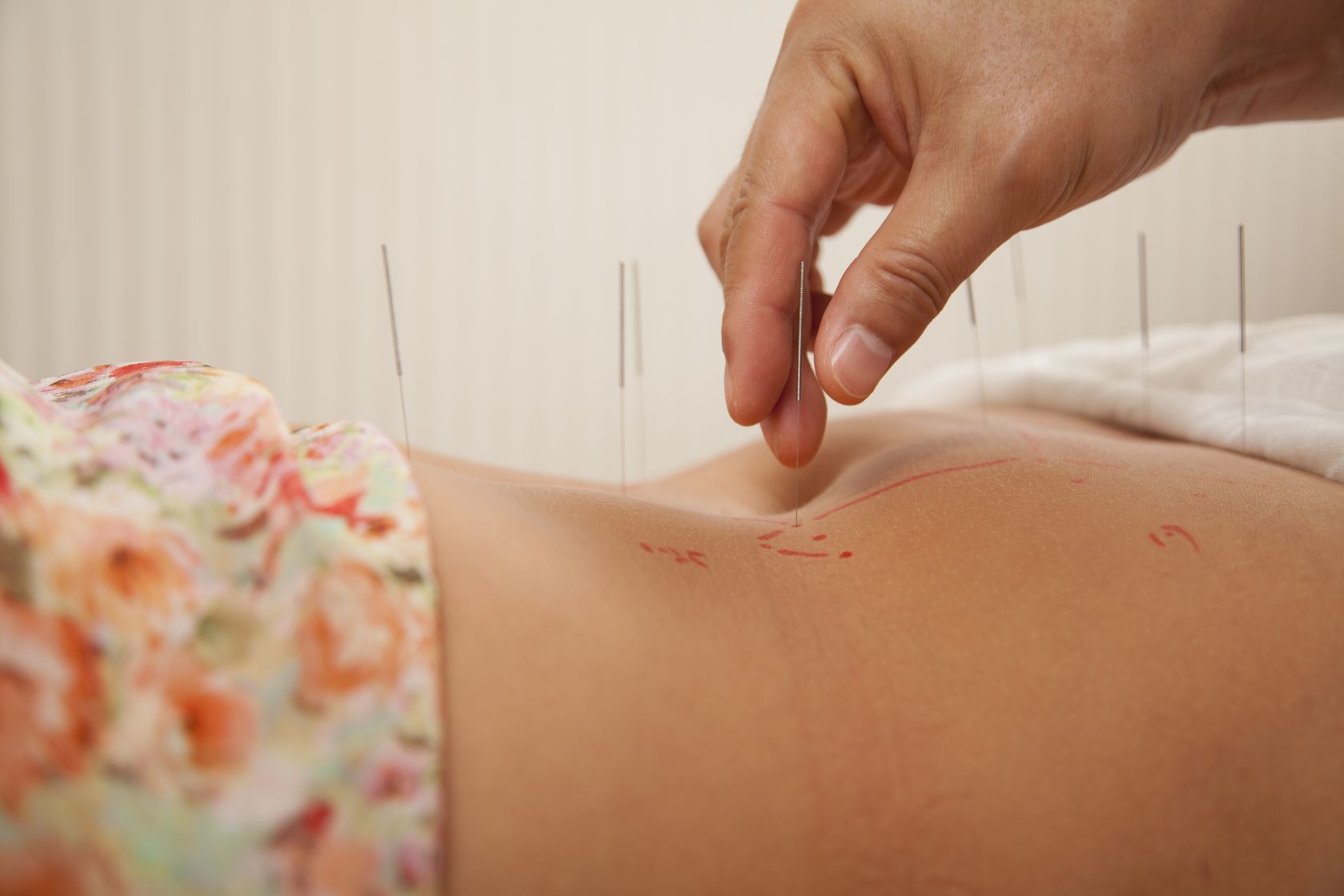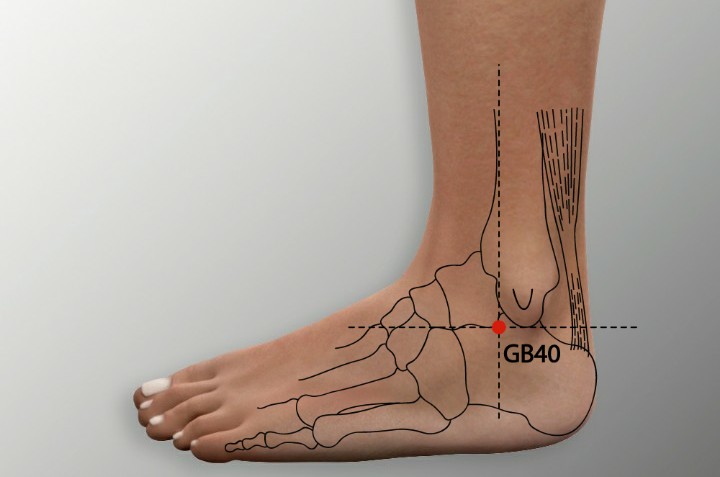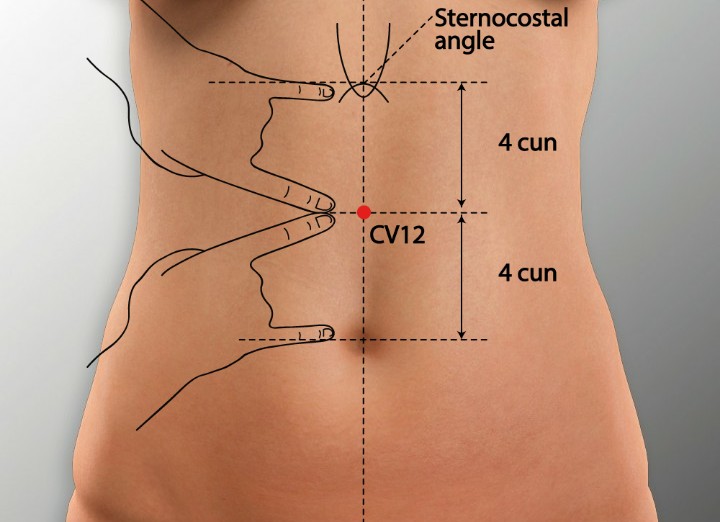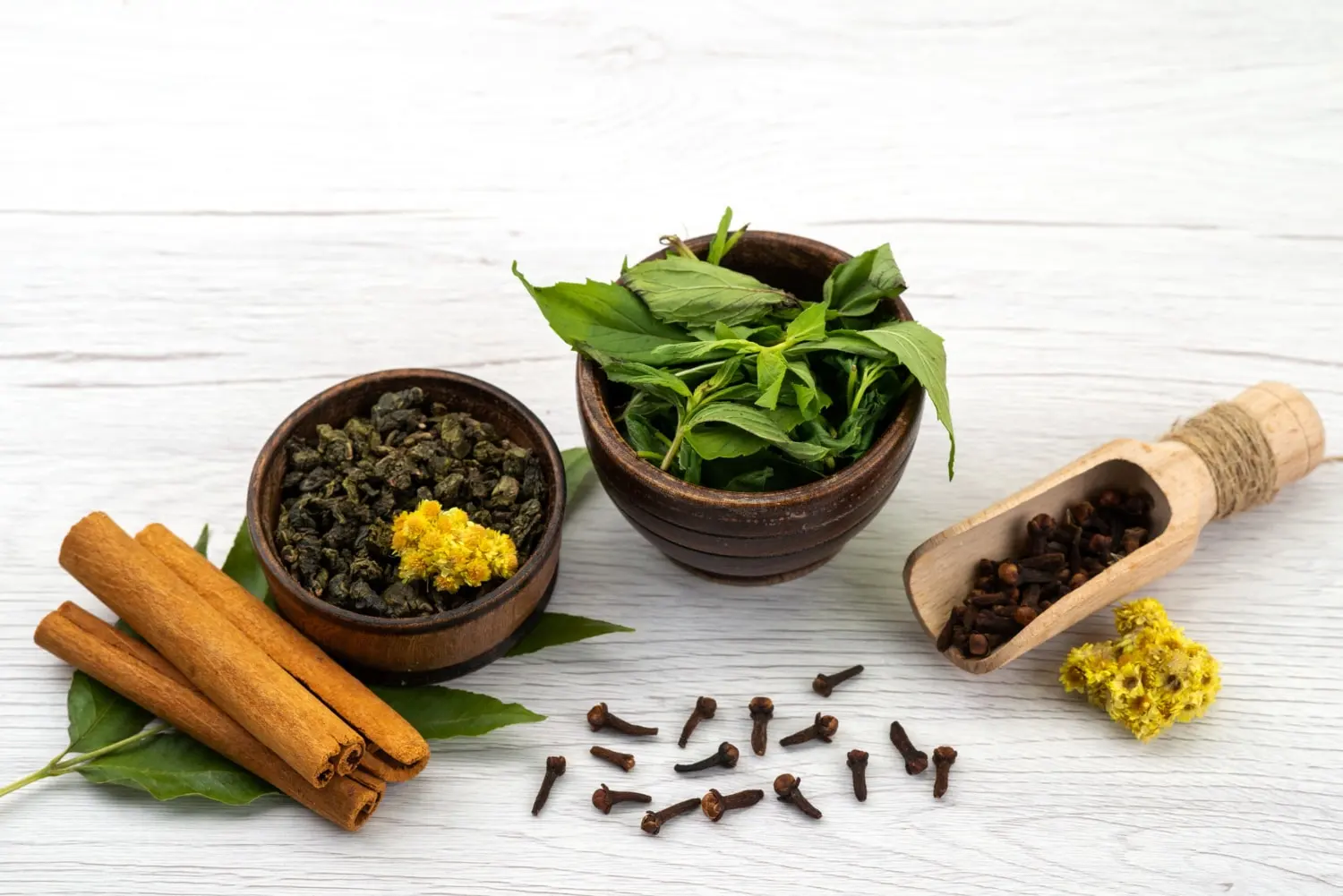Gallstones and Acupuncture Treatment in Tokyo
Gallstones are a common yet often painful condition affecting millions worldwide. While conventional treatments like surgery are widely used, many are turning to alternative therapies such as acupuncture to manage symptoms and support gallbladder health. This explores gallstones in-depth, including their causes, symptoms, and diagnosis, and delves into how acupuncture can serve as a complementary treatment. We’ll also highlight key acupoints used in treating gallstones, offering a holistic perspective for those seeking natural remedies.
- What Are Gallstones? Understanding the Condition
- Types of Gallstones
- Causes and Risk Factors
- Symptoms of Gallstones
- Diagnosis of Gallstones
- Conventional Treatments for Gallstones
- Acupuncture for Gallstones: A Holistic Approach in Tokyo
- How Acupuncture Helps with Gallstones
- Scientific Evidence Supporting Acupuncture
- Acupuncture in TOM: The Liver-Gallbladder Connection
- Key Acupoints for Gallstones
- How Acupoints Are Stimulated
- What to Expect During Acupuncture Treatment
- Initial Consultation
- Treatment Sessions
- Safety and Side Effects
- Complementary Lifestyle Changes for Gallstone Management
- Who Should Consider Acupuncture for Gallstones?
- Conclusion
What Are Gallstones? Understanding the Condition
Gallstones, or cholelithiasis, are hardened deposits of digestive fluid that form in the gallbladder, a small organ located beneath the liver. The gallbladder stores bile, a fluid produced by the liver to aid in fat digestion. When the balance of substances in bile—such as cholesterol, bile salts, and bilirubin—becomes disrupted, gallstones can develop.
Maybe You Need:
Types of Gallstones
There are two primary types of gallstones:
- Cholesterol Gallstones: These are the most common, making up about 80% of cases. They form when there’s too much cholesterol in the bile, which crystallizes into stones. They are typically yellow-green in color.
- Pigment Gallstones: These are smaller and darker, formed from excess bilirubin, often linked to conditions like cirrhosis or hemolytic anemia.
Gallstones vary in size, from as small as a grain of sand to as large as a golf ball. Some individuals may have a single stone, while others develop multiple stones simultaneously.

Causes and Risk Factors
Gallstones form due to an imbalance in bile composition, but several factors increase the likelihood of their development:
- Diet: High-fat, high-cholesterol, and low-fiber diets can contribute to cholesterol gallstones.
- Obesity: Excess body weight increases cholesterol in bile and reduces gallbladder emptying.
- Gender: Women are twice as likely to develop gallstones, partly due to hormonal factors like estrogen, which increases cholesterol secretion.
- Age: People over 40 are at higher risk.
- Ethnicity: Native Americans and Mexican Americans have a higher prevalence.
- Medical Conditions: Diabetes, liver disease, and rapid weight loss can elevate risk.
- Family History: Genetics play a role in gallstone formation.
Symptoms of Gallstones
Many gallstones are asymptomatic, known as “silent gallstones,” and may not require treatment. However, when a stone blocks a bile duct, it can cause significant symptoms, including:
- Sudden, intense pain in the upper right abdomen or center of the abdomen, often radiating to the back or right shoulder.
- Nausea or vomiting.
- Fever or chills, especially if an infection like cholecystitis develops.
- Jaundice (yellowing of the skin or eyes) if a stone blocks the common bile duct.
- Digestive issues, such as bloating, indigestion, or intolerance to fatty foods.
Symptoms often occur after eating a fatty meal, as the gallbladder contracts to release bile, putting pressure on any obstructing stones.

Diagnosis of Gallstones
Diagnosing gallstones typically involves a combination of medical history, physical exams, and imaging tests:
- Ultrasound: The most common and non-invasive method to detect gallstones.
- CT Scan or MRI: Used for detailed imaging if complications are suspected.
- HIDA Scan: Assesses gallbladder function and bile duct blockages.
- Blood Tests: Check for signs of infection, jaundice, or pancreatitis.
If gallstones are asymptomatic, doctors may recommend monitoring rather than immediate intervention. However, symptomatic gallstones often require treatment to prevent complications like gallbladder inflammation (cholecystitis), bile duct obstruction, or pancreatitis.
Conventional Treatments for Gallstones
Before exploring acupuncture, it’s helpful to understand standard medical approaches to gallstones:
- Watchful Waiting: Asymptomatic gallstones are often left untreated, with lifestyle changes recommended to reduce symptom risk.
- Medications: Drugs like ursodeoxycholic acid can dissolve cholesterol gallstones, but they’re slow-acting and only effective for small stones.
- Surgery: Cholecystectomy (gallbladder removal) is the most common treatment for symptomatic gallstones. It’s typically performed laparoscopically, with a quick recovery time.
- Non-Surgical Procedures: Techniques like endoscopic retrograde cholangiopancreatography (ERCP) can remove stones from the bile duct.
While effective, surgery carries risks like infection or bile duct injury, and some patients prefer non-invasive options. This is where acupuncture, a cornerstone of Traditional Chinese Medicine (TOM), enters the picture.
Acupuncture for Gallstones: A Holistic Approach in Tokyo
Acupuncture, a practice rooted in TOM for over 2,500 years, involves inserting thin needles into specific points on the body to balance energy flow. In TOM, gallstones are viewed as a result of imbalances in the body’s energy, particularly involving the Liver and Gallbladder meridians. Acupuncture aims to restore harmony, alleviate symptoms, and support the body’s natural healing processes.
How Acupuncture Helps with Gallstones
Acupuncture offers several potential benefits for managing gallstones, particularly for those seeking complementary or non-surgical options:
- Pain Relief: Acupuncture stimulates the release of endorphins, the body’s natural painkillers, helping to reduce the intense abdominal pain associated with gallstones.
- Improved Gallbladder Function: By targeting specific acupoints, acupuncture may enhance gallbladder motility, aiding in bile flow and preventing stone formation.
- Reduced Inflammation: Acupuncture has anti-inflammatory effects, which can help manage gallbladder inflammation (cholecystitis) caused by gallstones.
- Stress Reduction: Stress can exacerbate gallstone symptoms by affecting digestion and bile production. Acupuncture promotes relaxation, potentially reducing symptom triggers.
- Support for Digestion: Acupuncture can improve digestive function, addressing symptoms like bloating, nausea, and intolerance to fatty foods.
While acupuncture is not a cure for gallstones, it can complement conventional treatments by managing symptoms, reducing reliance on pain medications, and supporting overall wellness. For those with asymptomatic gallstones, acupuncture may help prevent symptom onset by maintaining gallbladder health.

Scientific Evidence Supporting Acupuncture
Research on acupuncture for gallstones is limited but promising. Studies suggest acupuncture can be effective for managing biliary colic (gallstone-related pain) and supporting gallbladder function:
- A 2014 study published in the Journal of Acupuncture and Meridian Studies found that acupuncture reduced pain in patients with biliary colic, with effects comparable to nonsteroidal anti-inflammatory drugs (NSAIDs).
- A 2018 review in Evidence-Based Complementary and Alternative Medicine highlighted acupuncture’s role in improving bile flow and reducing gallbladder inflammation in animal models.
- Clinical case studies have reported reduced symptoms and improved quality of life in patients using acupuncture alongside conventional care.
While more large-scale, randomized controlled trials are needed, these findings support acupuncture as a safe and effective adjunctive therapy for gallstone management.
Acupuncture in TOM: The Liver-Gallbladder Connection
In TOM, the Liver and Gallbladder are closely linked, both physically and energetically. The Liver regulates the smooth flow of Energy and bile, while the Gallbladder stores and excretes bile. Gallstones are often attributed to:
- Liver Energy Stagnation: Emotional stress or poor diet can disrupt Liver Energy, leading to bile stasis and stone formation.
- Damp-Heat in the Gallbladder: Excess heat and dampness (often from fatty foods or infections) can cause bile to congeal into stones.
- Blood Stasis: Poor circulation in the Gallbladder meridian can contribute to chronic symptoms.
Acupuncture addresses these imbalances by stimulating specific points along the Liver and Gallbladder meridians, promoting Energy flow, clearing heat, and resolving stasis.
Key Acupoints for Gallstones
Acupuncturists select points based on the patient’s symptoms, TOM diagnosis, and overall health. Below are some of the most commonly used acupoints for gallstones, along with their locations and therapeutic effects:
GB34 (Yanglingquan) – Gallbladder 34
Location: On the lateral side of the lower leg, in the depression anterior and inferior to the head of the fibula.
Function: Known as the “Influential Point of Tendons,” GB34 promotes bile flow, clears Damp-Heat in the Gallbladder, and relieves pain. It’s particularly effective for biliary colic and gallbladder inflammation.
Use in Gallstones: Reduces abdominal pain and improves gallbladder motility.

LR3 (Taichong) – Liver 3
Location: On the dorsum of the foot, in the depression between the first and second metatarsal bones.
Function: Soothes Liver Energy, clears heat, and promotes smooth energy flow. It’s a key point for addressing stress-related gallstone symptoms.
Use in Gallstones: Alleviates pain, reduces nausea, and supports emotional balance.
GB40 (Qiuxu) – Gallbladder 40
Location: Anterior and inferior to the lateral malleolus, in the depression on the lateral side of the ankle.
Function: Clears Gallbladder channel obstructions and reduces inflammation.
Use in Gallstones: Helps relieve pain and improve bile duct function.

ST36 (Zusanli) – Stomach 36
Location: On the anterior aspect of the lower leg, about four finger-widths below the kneecap, one finger-width lateral to the tibia.
Function: Strengthens digestion, boosts energy, and reduces inflammation. It’s a versatile point for overall wellness.
Use in Gallstones: Improves digestive function and reduces bloating or nausea.
LI4 (Hegu) – Large Intestine 4
Location: On the dorsum of the hand, in the webbing between the thumb and index finger.
Function: A powerful point for pain relief and promoting energy movement throughout the body.
Use in Gallstones: Reduces abdominal pain and supports overall symptom relief.
CV12 (Zhongwan) – Conception Vessel 12
Location: On the midline of the abdomen, halfway between the navel and the sternum.
Function: Harmonizes the stomach and improves digestion, addressing Damp-Heat in the digestive system.
Use in Gallstones: Alleviates nausea, bloating, and indigestion.

How Acupoints Are Stimulated
During an acupuncture session, a licensed practitioner inserts sterile, single-use needles into these points. The needles are typically left in place for 20–30 minutes. Some practitioners may use additional techniques, such as:
- Electroacupuncture: Applying a mild electric current to the needles to enhance stimulation.
- Moxibustion: Burning mugwort near acupoints to warm the area and promote Energy flow.
- Auricular Acupuncture: Stimulating points on the ear that correspond to the gallbladder.
The choice of points and techniques depends on the patient’s symptoms, such as the severity of pain, presence of nausea, or underlying TOM patterns like Damp-Heat or Energy stagnation.
What to Expect During Acupuncture Treatment
If you’re considering acupuncture for gallstones, here’s what you can expect:
Initial Consultation
Your first session begins with a thorough assessment. The acupuncturist will ask about your symptoms, medical history, diet, lifestyle, and emotional health. They may examine your tongue and pulse, key diagnostic tools in TOM. This helps them identify the root cause of your gallstones (e.g., Liver Energy stagnation or Damp-Heat) and tailor a treatment plan.
Treatment Sessions
- Frequency: For acute gallstone symptoms, 1–2 sessions per week may be recommended. Chronic cases may require weekly sessions over several months.
- Duration: Each session lasts 30–60 minutes, depending on the techniques used.
- Number of Sessions: Pain relief may be noticeable after 1–3 sessions, but long-term benefits often require 6–12 sessions or more.
Safety and Side Effects
Acupuncture is generally safe when performed by a licensed practitioner. Side effects are rare but may include:
- Mild soreness or bruising at needle sites.
- Temporary fatigue or lightheadedness.
- Emotional release, as acupuncture can affect the nervous system.
Always choose a certified acupuncturist with experience in treating digestive disorders. Inform them of any medical conditions or medications, especially if you’re on blood thinners or have a bleeding disorder.

Complementary Lifestyle Changes for Gallstone Management
Acupuncture is most effective when combined with lifestyle changes to support gallbladder health. Here are some evidence-based tips:
Adopt a Gallbladder-Friendly Diet:
Increase fiber intake with fruits, vegetables, and whole grains to reduce cholesterol in bile.
Limit saturated fats, trans fats, and refined sugars, which contribute to stone formation.
Include healthy fats like olive oil and omega-3s from fish to support bile flow.
Stay hydrated to maintain proper bile consistency.
Maintain a Healthy Weight:
Gradual weight loss (1–2 pounds per week) can reduce gallstone risk without triggering rapid bile changes.
Avoid crash diets, which can increase stone formation.
Exercise Regularly:
Aim for 150 minutes of moderate exercise weekly to improve digestion and reduce obesity-related risks.
Activities like yoga or tai chi can also reduce stress, complementing acupuncture’s effects.
Manage Stress:
Practice mindfulness, meditation, or deep breathing to support Liver Energy flow and reduce symptom triggers.
Acupuncture itself can help lower stress levels.
Herbal Support:
In TOM, herbs like dandelion root, milk thistle, or turmeric may support gallbladder health. Consult a TOM practitioner before using herbs, as they can interact with medications.

Who Should Consider Acupuncture for Gallstones?
Acupuncture may be suitable for:
- Individuals with mild or intermittent gallstone symptoms who want to avoid surgery.
- Those with asymptomatic gallstones seeking preventive care.
- Patients recovering from gallbladder surgery to support digestion and reduce pain.
- People with contraindications to surgery due to age or health conditions.
However, acupuncture is not a substitute for medical care in severe cases, such as:
- Acute cholecystitis (gallbladder infection).
- Bile duct obstruction causing jaundice or pancreatitis.
- Large stones unlikely to dissolve naturally.
Always consult your doctor before starting acupuncture, especially if you have complications or are pregnant.
Conclusion
Gallstones can be a painful and disruptive condition, but with the right approach, they can be managed effectively. Acupuncture offers a promising complementary therapy, helping to relieve pain, improve gallbladder function, and support overall wellness. By targeting key acupoints like GB34, LR3, and ST36, acupuncture addresses both the symptoms and underlying imbalances of gallstones, as understood in TOM. Combined with lifestyle changes like a healthy diet, regular exercise, and stress management, acupuncture can be a valuable tool for those seeking a holistic approach to gallbladder health.
If you’re considering acupuncture for gallstones, consult our licensed practitioner and your healthcare provider to create a personalized treatment plan. With its long history and growing scientific support, acupuncture may be the natural solution you’ve been searching for to manage gallstones and enhance your quality of life.
Fuji Wellness:
- Address: 132-0031 Matsushima 1-chome, 21-14, Tokyo, Japan
- Chat with us: Click here
- Email: sunnyphamsensei@gmail.com


